CervicalCheck Clinical Director Prof Nóirín Russell speaks to Catherine Reilly about initiatives in the programme
Self-sampling for human papillomavirus (HPV) and triage options in cervical screening are areas being closely examined by CervicalCheck, according to Clinical Director Prof Nóirín Russell.
The “continuous” assessment of the evolving evidence in screening is a key commitment of Ireland’s Cervical Cancer Elimination Action Plan 2025-2030.
CervicalCheck was an early adopter of primary HPV screening in March 2020. The change from primary cytology was based on robust international evidence, including randomised controlled trials.
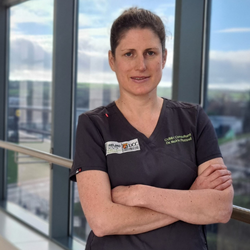
Most cervical cancers are caused by persistent infection with high-risk HPV subtypes. HPV screening is more sensitive than cytology for detecting precancerous abnormalities. It also has a better negative predictive value. However, no cervical screening programme can prevent all cancers.
Ireland aims to ‘eliminate’ cervical cancer by 2040 – which means fewer than four cases per 100,000 women annually. In 2022 the rate was 10.1 per 100,000, compared to 15.8 in 2008, when CervicalCheck was established.
The HSE elimination plan stated Ireland was exceeding World Health Organisation (WHO) targets for screening and treatment. The uptake of HPV vaccination, which commenced in schools in 2010, needed improvement.
Coverage
CervicalCheck offers screening every three years to women aged 25 to 29; and every five years to those aged 30 to 65. Some 1.3 million women are on the cervical screening register (CSR).
The Programme’s target is a minimum 80 per cent coverage over a five-year period. As of March 2023, the coverage was 76.2 per cent (age eligibility extended from 60 to 65 years in 2020). The coverage for 25-60-year-olds was 79.7 per cent. Screening uptake declines in older age groups – which is an area of focus in CervicalCheck.
“We are now the third highest in the OECD [for coverage],” Prof Russell told the Medical Independent (MI). She believed that the engagement between sample-takers and the screening training unit was a contributory factor.
Prof Russell was speaking in April prior to media reports of the National Screening Service’s (NSS) legal settlement and apology to a woman who developed cervical cancer after “failings”. In further comments when contacted by MI – and which were not about any individual case – Prof Russell said end-stage cervical cancer was a “devastating diagnosis”.
“As Clinical Director of CervicalCheck I am working with an incredible team of people who are all dedicated to making the number of women in this position as low as possible – this is why we work in screening.
“We now see fewer late-stage cancers than before, especially in women who attend for screening, but unfortunately they still happen.
“In the unscreened population, 66 per cent of all cancers are late-stage cancers, while only 20 per cent of the cancers found in the screened population are late-stage.
“Screening makes it 10 times less likely you will develop cervical cancer; but cervical cancer can and does develop despite screening, which means that it is important that women with persistent unexplained symptoms have timely access to expert care.”
Triage
HPV infections are common and most resolve spontaneously within two years. In CervicalCheck, the prevalence of HPV in the screened population is around 11 per cent.
Triage strategies are required to minimise unnecessary referrals to colposcopy. Like many programmes, CervicalCheck uses cytology triage. Women who have HPV detected and abnormal cells found on follow-up cytology are referred to colposcopy. In addition, women who have HPV detected without evidence of cytological abnormalities are invited for a further HPV test after 12 months. If this test shows persistent HPV infection, they are referred to colposcopy.
Most women examined in colposcopy clinics are found to have a normal cervix or a low-grade abnormality that does not require treatment. However, approximately 6,500 women per annum require treatment for high-grade precancerous cell changes. This treatment “greatly” reduces their chances of developing cervical cancer, stated Prof Russell.
CervicalCheck monitors key performance indicators in colposcopy services, including waiting times. Currently, the 15 units are working “really well”.
However, the Programme has noted more women are staying HPV-positive than the initial modelling predicted, resulting in more referrals to colposcopy. It is examining ways to refine triage to reduce unnecessary referrals to colposcopy, while ensuring referral of women most likely to benefit from colposcopy/treatment.
In NHS cervical screening programmes, women with persistent HPV infection are referred to colposcopy at 24 (rather than 12) months. This allows more time for the infection to clear and is an approach being considered by CervicalCheck.
Additional methods, such as HPV genotyping and DNA methylation testing, could help assess risk more effectively and thereby reduce unnecessary anxiety for women.
Prof Russell said the science surrounding triage is evolving rapidly and is being closely examined. She is also monitoring the evidence as a member of the Expert Working Group of the European Commission Initiative on Cervical Cancer.
There is “certainly” the potential for interval changes for HPV-vaccinated women. Some women may require only two or three HPV tests in a lifetime. The vaccine protects against the HPV subtypes that cause most cervical cancers, but not all oncogenic subtypes are covered. Therefore, vaccinated women should still attend screening.
Self-sampling
CervicalCheck has sought the views of women and healthcare professionals on HPV vaginal self-sampling. Self-sampling could have a role in reaching women who are unscreened or under-screened, but Prof Russell had a few caveats.
A self-taken sample has slightly lower sensitivity than a clinician-taken sample. “What would be worrying for me would be if you had people who are attending for testing and then they moved to self-testing.”
Women testing HPV-positive would also need a clinician-taken sample as part of follow-up. She said a clear pathway would be vital. A pilot proposal is being developed which will be submitted for ethics approval. The pilot is being funded by the Women’s Health Taskforce.
Prof Russell said Ireland was in a good position to learn from the experience of self-sampling in other countries.
Exploration of self-sampling is part of broader efforts to reach under-served communities. This work includes collaboration with sexual assault treatment services, migrant groups, and prison services. Implementing a new CSR will enable better data collection to measure equity in screening.
In 2023, MI reported that the current CSR was over 20 years old and the “highest area of programme risk”. The procurement process for a new CSR is “progressing”, according to the Programme.
Patient-requested reviews
The development of a patient-requested review process was recommended in an expert reference group (ERG) report on interval cervical cancers in 2020. The ERG report arose from the Scally review into CervicalCheck in 2018. The Scally review was commissioned by Government on foot of CervicalCheck’s mishandled disclosure of the results of an interval cervical cancer audit.
The personal review process, which opened in April 2023, is part of the Patient Safety Act. It incorporates a review of cytology and histology slides, programme invitations, and colposcopy care. Since the process opened, 43 people have made review requests (as of May 2025).
Prof Russell said: “This is a holistic, patient-centred process that has been guided by the experience of some of the women from the 221+ group, who told us how they would have liked to have requested their screening audit results and had the information conveyed to them.”
A discrepancy found on review does not imply the same finding should have been made under routine screening conditions. Based on international evidence, retrospective audit of cytology is expected to show discordance in about 40 per cent of slides from women diagnosed with invasive cervical cancer. The vast majority of these instances are due to the limitations of screening rather than error.
However, such findings are still very difficult to hear, emphasised Prof Russell.
The ERG report recommended programmatic audit of cytology in patients with invasive cancers for quality assurance (QA) and professional education. This would be anonymised and blinded or conducted under an agreed legislative framework.
In 2023, a report on best practice in cervical screening was published by the International Agency for Research on Cancer (part of the WHO), following a collaboration with the NSS and Department of Health. The report emphasised the importance of cervical cancer audit, clear communication of its purpose, and a legal framework that incorporated the inherent limitations of screening. It recommended cervical cancer audit should preferably be conducted using anonymised data – where consent from each participant is not necessary and disclosure of findings not possible. Women should be advised at time of screening of the possibility of audit. The report also endorsed the option for screening participants of a personal review.
The Programme is not operating a cervical cancer audit. At present, there is no way of anonymising the slides and patient groups have stated this would be required.
CervicalCheck uses two screening laboratories – Quest Diagnostics in the US and the National Cervical Screening Laboratory, Coombe Women and Infants University Hospital, Dublin.
Prof Russell said the Programme continually assesses laboratory QA metrics. The most recent physical inspections of both laboratories in 2024 concluded the services were of a demonstrably high standard.
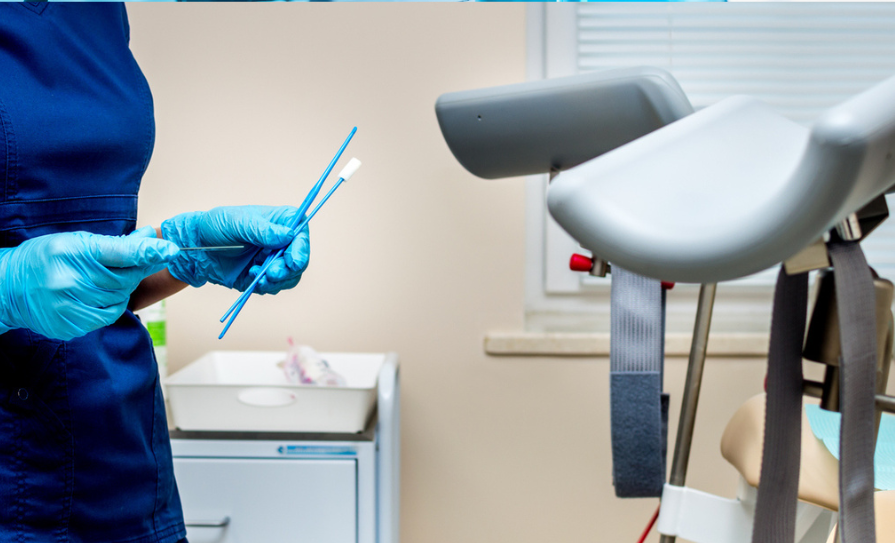



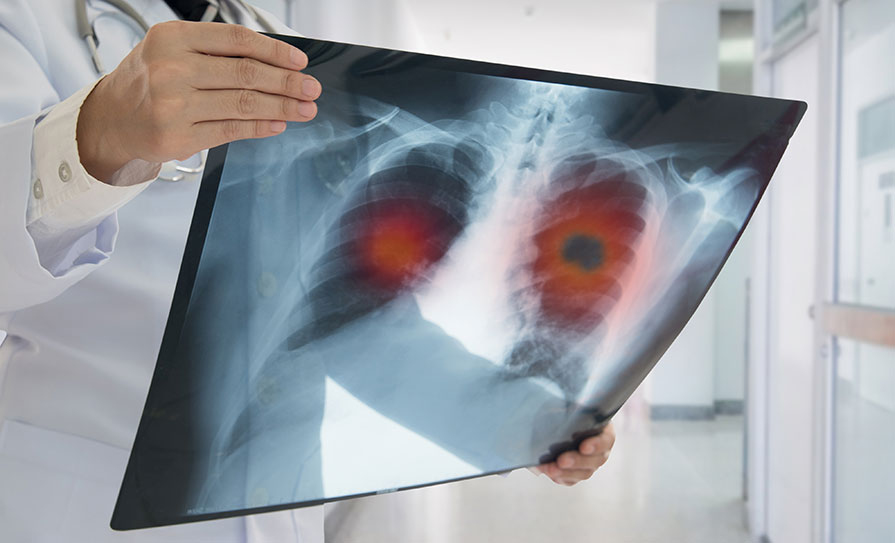
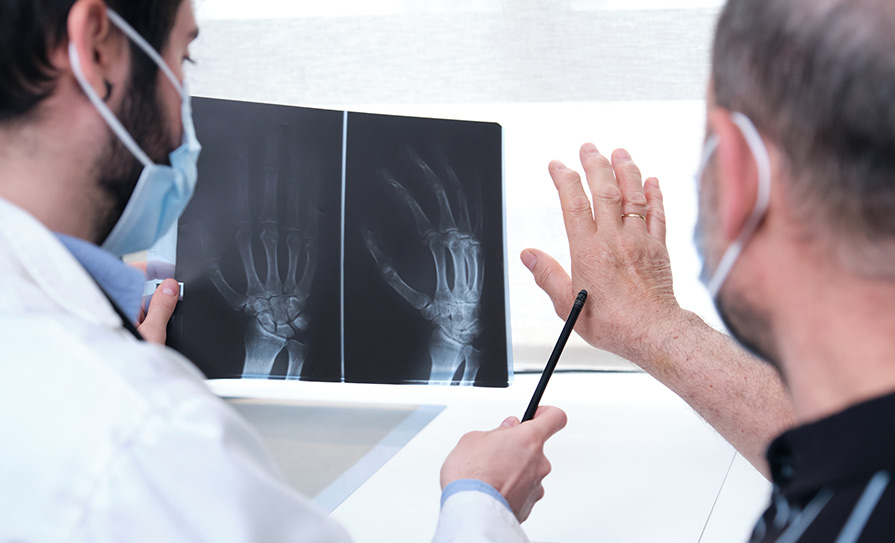
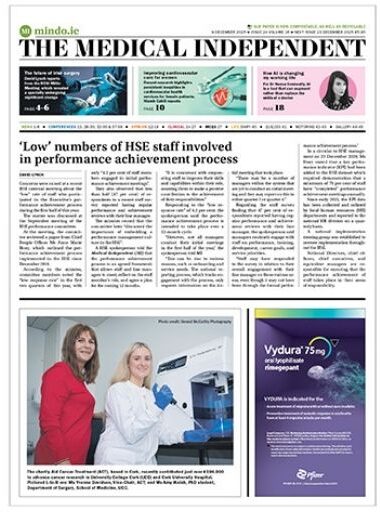
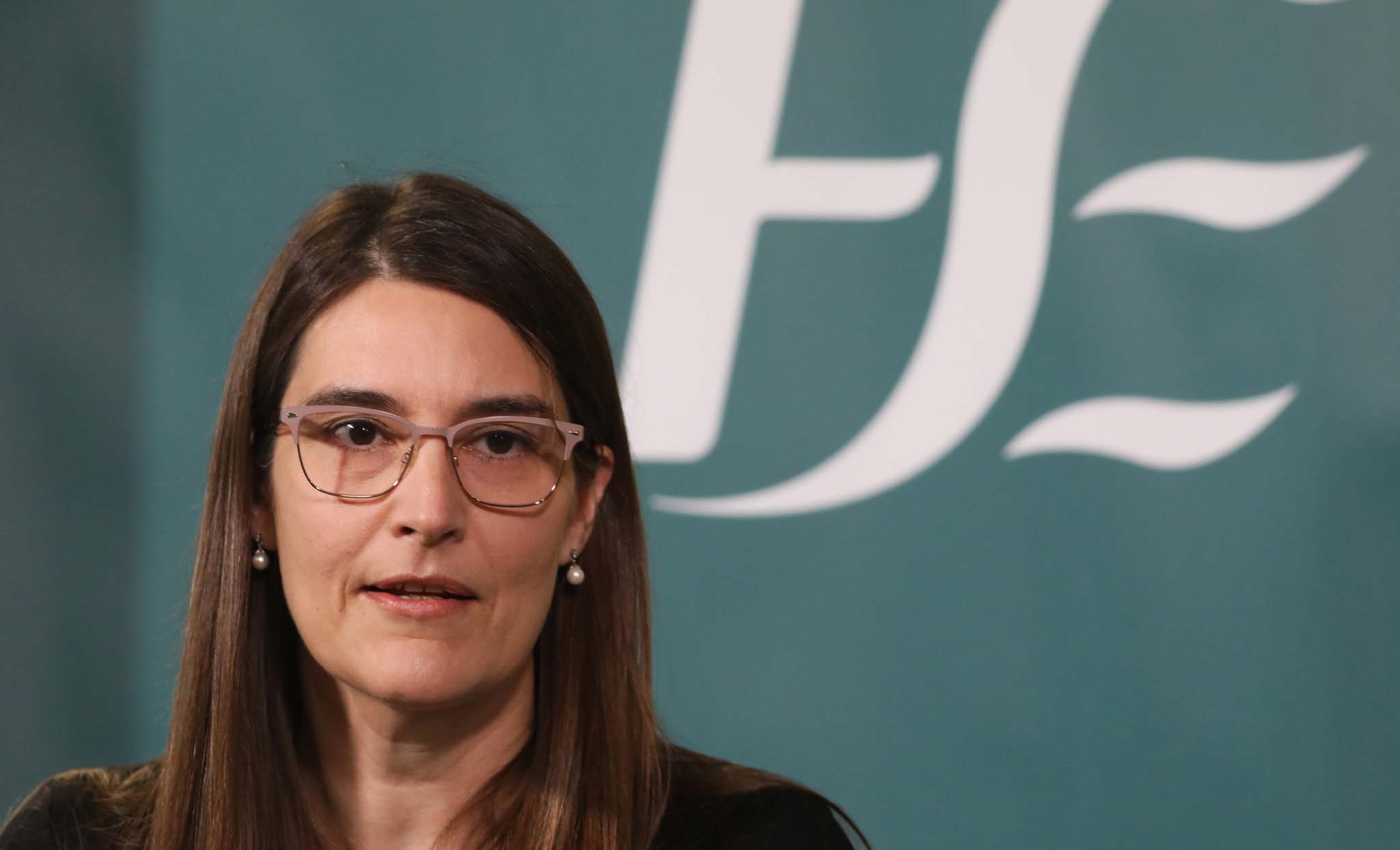
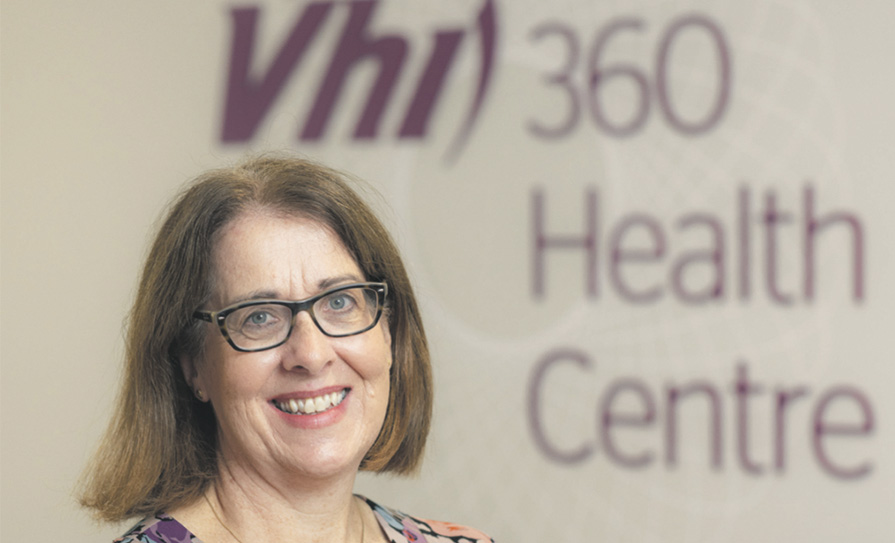




Leave a Reply
You must be logged in to post a comment.